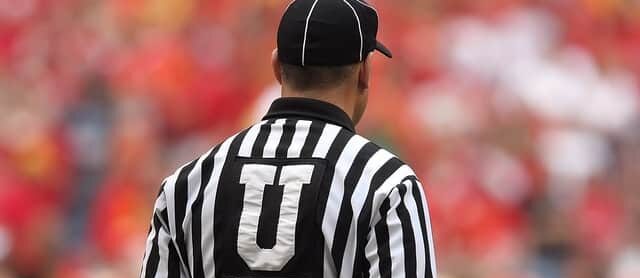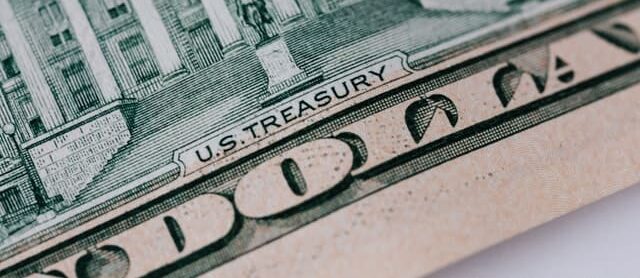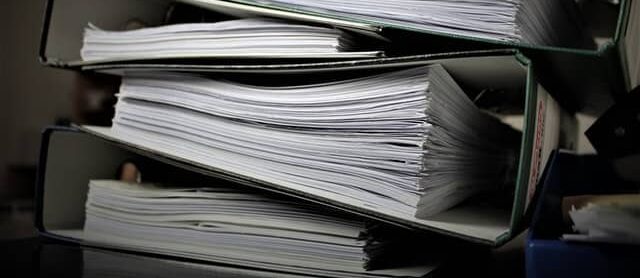
Money and Banking (Part 9 – Banking regulation)
It may surprise you to know that the banking sector is one of the most regulated industries in the United States.
By visiting our site, you agree to our privacy policy regarding cookies, tracking statistics, etc. Read more



It may surprise you to know that the banking sector is one of the most regulated industries in the United States.

The US financial system is extremely complicated and this series sheds light only on some corners of that system by focusing on the banking sector.

Given that the concept of leverage will be used often in the upcoming posts, this post spends some time explaining what leverage is and some of its impacts on the balance sheet of any economic unit.

This post studies how the Fed is involved in fiscal operations and how the U.S. Treasury is involved in monetary-policy operations.

This post answers some FAQs about monetary policy and central banking.

While details in operating procedures have changed through time, the federal funds rate has progressively gained in importance as a relevant operating tool since the 1920s.

Now that we have an understanding of how the balance sheet of the Fed works, it is possible to go into the details of how the Fed operates in the economy in terms of monetary policy.

Part 1 reviewed basic balance-sheet mechanics. This post begins to apply them to the Federal Reserve System (Fed).

If you cannot put your reasoning in terms of a balance sheet, there is a problem in your logic.